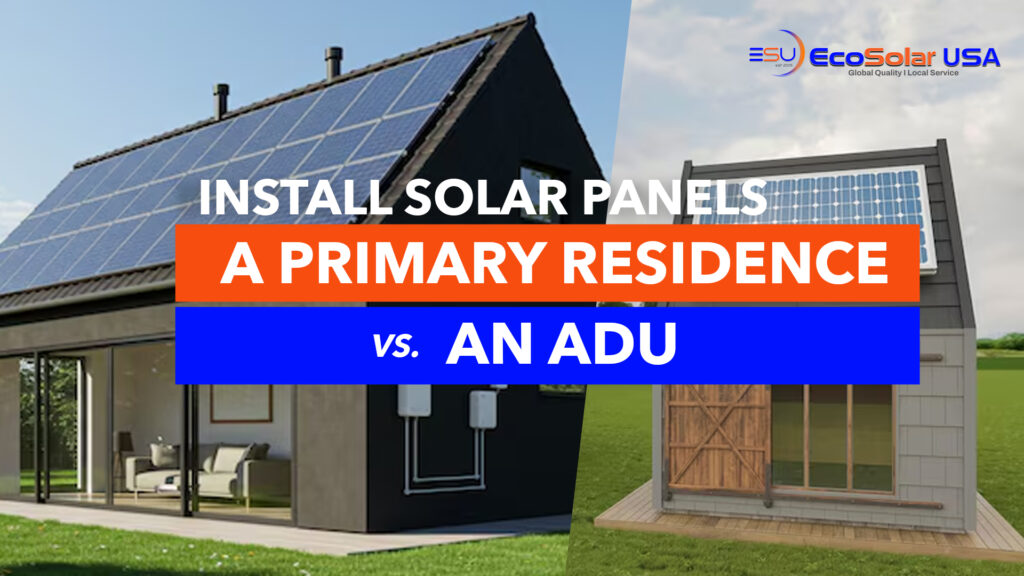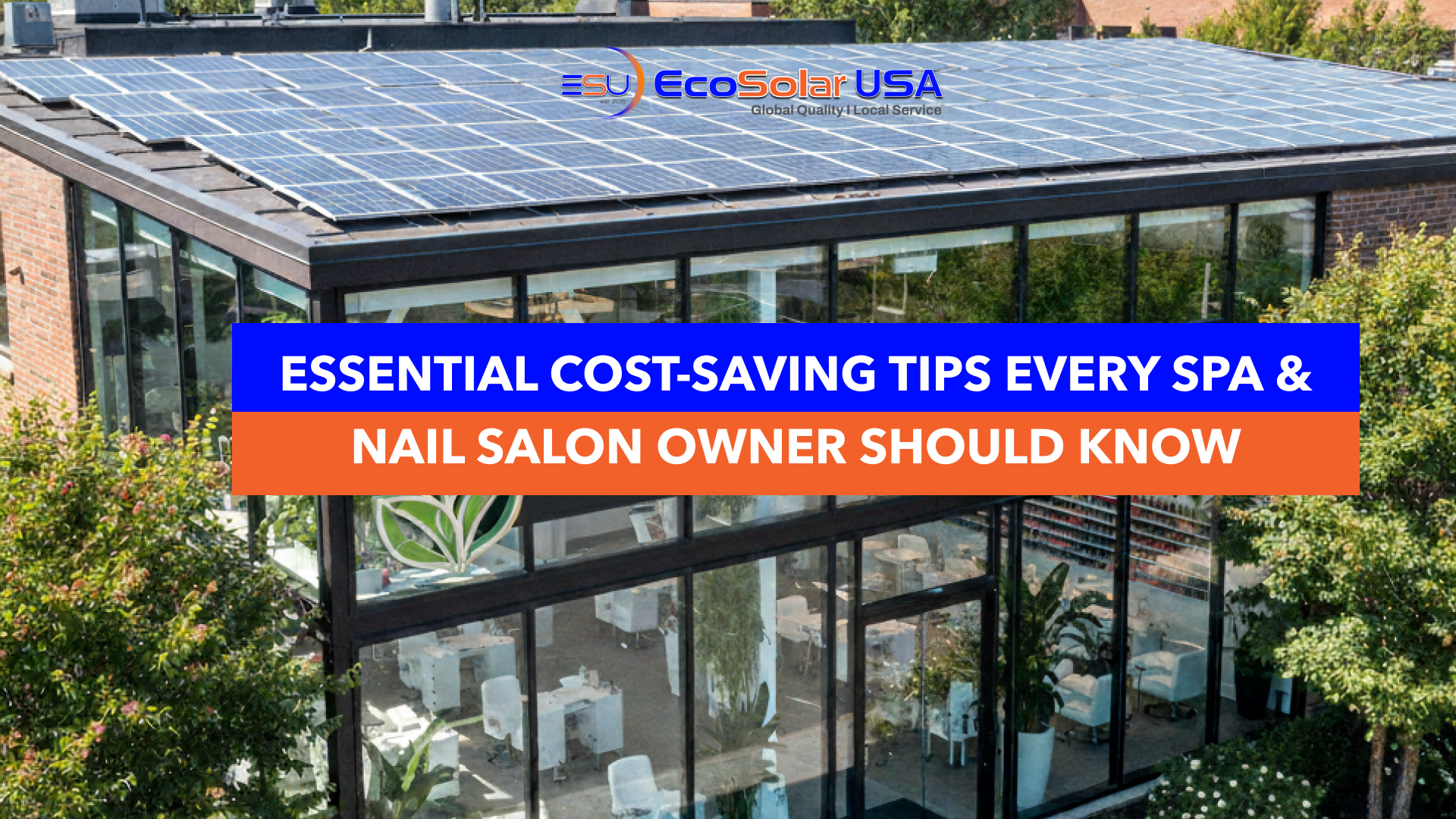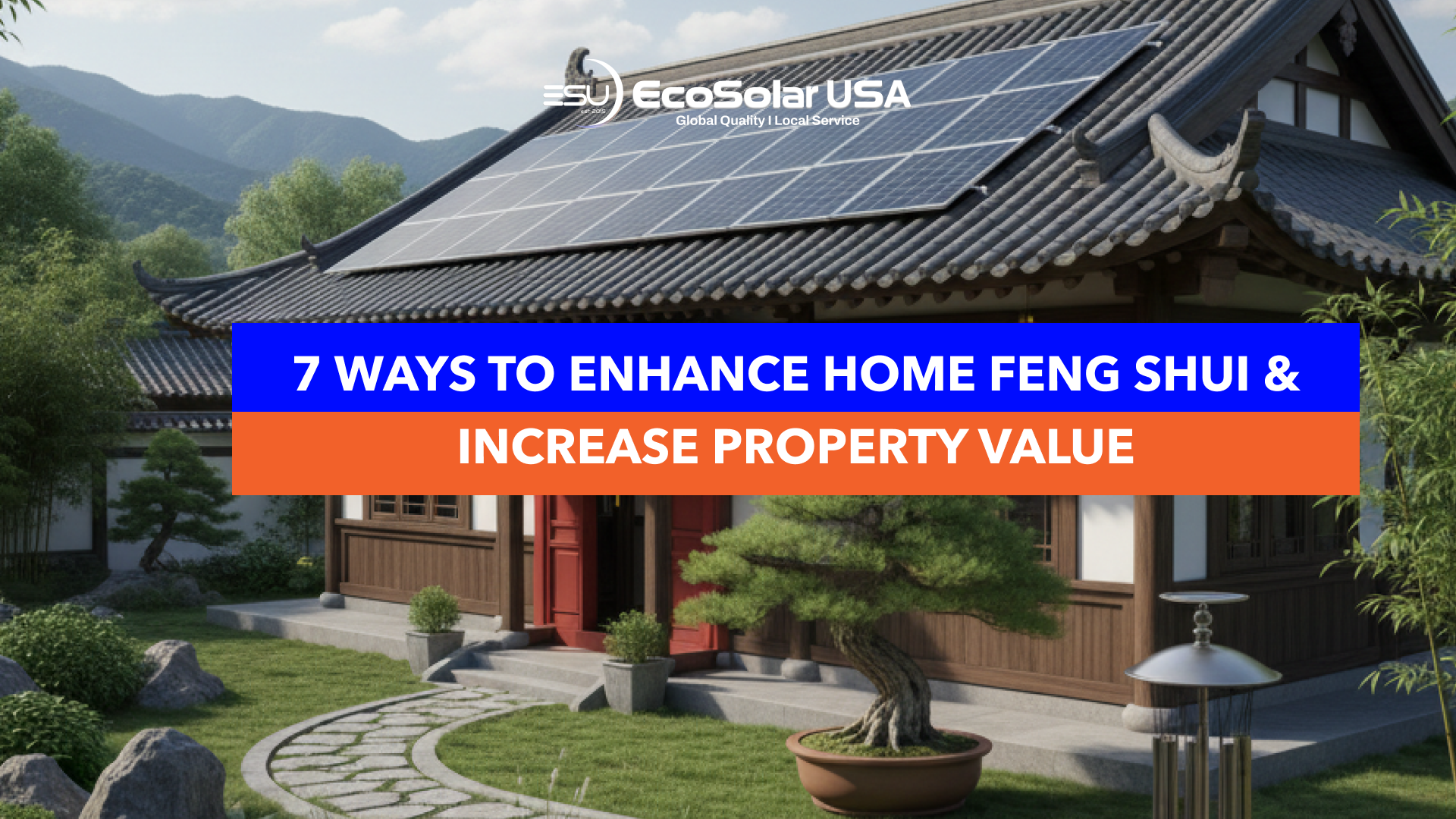
With the cost of electricity in California continuing to rise, many homeowners are asking:
“Should I install solar panels on both my main house and my ADU (Accessory Dwelling Unit)?”
Whether you’re generating rental income from your ADU or simply trying to lower your household expenses, installing solar panels on both structures can be a smart, long-term investment. Here’s what you need to know before you decide.
What’s the Difference Between Installing Solar on a Primary Residence vs. an ADU?
In California, your main residence and your ADU can either share one solar system or have separate systems — depending on how your electrical setup is designed.
- Single-meter setup: One solar system can power both the main home and ADU.
- Dual-meter setup: Each unit can have its own solar system and utility bill.
Choosing between these depends on your energy usage, available roof space, and whether your ADU is a rental property or part of your home.
Why Adding Solar to Both Can Make Sense
| Benefit | Main House Solar | ADU Solar |
| Energy savings | Reduces household electricity bills | Covers separate tenant usage |
| Tax incentives | Qualifies for federal & state credits | May qualify separately (if metered) |
| Property value | Increases resale value | Attracts eco-conscious tenants |
| Grid independence | Less reliance on utilities | Adds backup power for renters |
Installing solar on both structures can maximize your property’s efficiency, lower long-term costs, and make your ADU more attractive in California’s competitive rental market.
California Electricity Costs Keep Rising
According to the California Public Utilities Commission (CPUC), average residential electric rates reached 33¢ per kWh in 2025, up over 45% since 2020.
With ongoing infrastructure and wildfire mitigation costs, rates are expected to continue increasing in the coming years.
This means the more energy you generate and store from your solar system, the more protection you have from unpredictable rate hikes.
Solar Tax Credit Ending Soon
The 30% Federal Solar Tax Credit (ITC) allows you to deduct nearly one-third of your solar installation costs — but it’s ending soon.
2025 is expected to be the last full-credit year before the program phases down.
That means homeowners installing solar on both their main home and ADU this year can still qualify for two separate credits if both systems are independently metered.
Example:
- Main house solar system cost: $18,000 → $5,400 tax credit
- ADU solar system cost: $9,000 → $2,700 tax credit
That’s a total of $8,100 in savings, plus long-term utility reductions.
How Solar Works with ADUs Under California’s Rules
California law supports solar on both primary residences and ADUs:
- Title 24 Building Code requires solar for most new residential construction, including new ADUs.
- You can share solar power between the main home and ADU under one interconnection agreement.
- If your ADU is used as a rental, you can choose separate metering for better tenant management.
In either setup, you can still benefit from Net Energy Metering (NEM 3.0) — sending excess energy back to the grid and earning credits.
Solar vs. Shared Grid: Which Is Better?
| Setup | Pros | Cons |
| One shared solar system | Easier permits, lower upfront cost | Harder to track tenant usage |
| Separate systems (Main + ADU) | Separate billing, tax credits | Higher cost, more equipment |
| Add a battery (optional) | Backup power, more savings under NEM 3.0 | Additional investment |
If you plan to rent your ADU, separate solar systems or a battery backup give you more control and independence during power outages — which are becoming more common in California due to storms and grid maintenance.
Estimated Savings for California Homeowners
| Property Type | Average System Size | Estimated Cost (Before Credit) | Tax Credit (30%) | Annual Savings | Payback Period |
| Main Residence | 6 kW | $18,000 | $5,400 | $1,500 – $1,800 | 6 – 7 years |
| ADU | 3 kW | $9,000 | $2,700 | $700 – $900 | 7 – 8 years |
After the breakeven period, homeowners enjoy decades of free energy while increasing their property value by 4–6% on average.
What About Weather and Shading?
California’s climate is ideal for solar year-round, even with occasional cloudy or rainy days.
- Average annual sunshine: ~284 days in Southern California
- Solar production loss on cloudy days: typically less than 20%
- Battery systems can store extra energy for night or stormy periods.
So even during less sunny months, your system keeps generating and storing power efficiently.
Is It Worth It?
Absolutely.
Installing solar panels on both your main home and ADU helps you:
- Save on rapidly increasing electricity costs
- Increase property value and rental income
- Gain energy independence
- Qualify for the 30% Solar Tax Credit before it ends
The key is to act before the tax credit expires and while California’s net metering policies still favor homeowners.
📞 Ready to Go Solar?
Whether you’re expanding your main home’s system or adding solar to your ADU, Eco Solar USA provides customized solar solutions for California homeowners.
We’re experienced in dual-system designs, NEM 3.0 compliance, and maximizing your available tax incentives.
👉 Contact Eco Solar USA today for a free consultation before the federal solar tax credit ends!
Sources:



